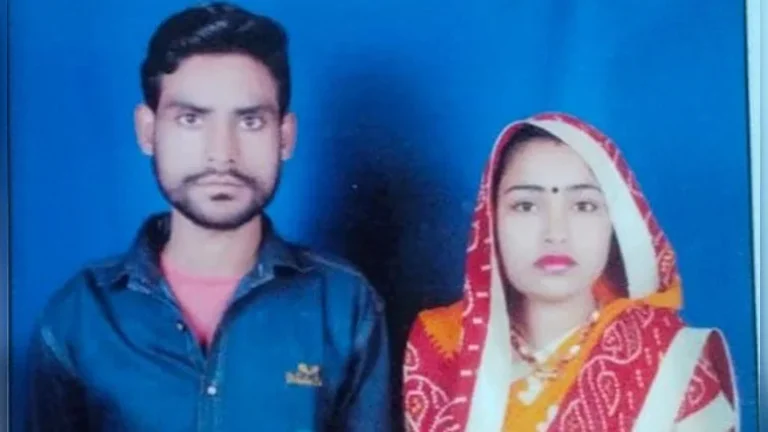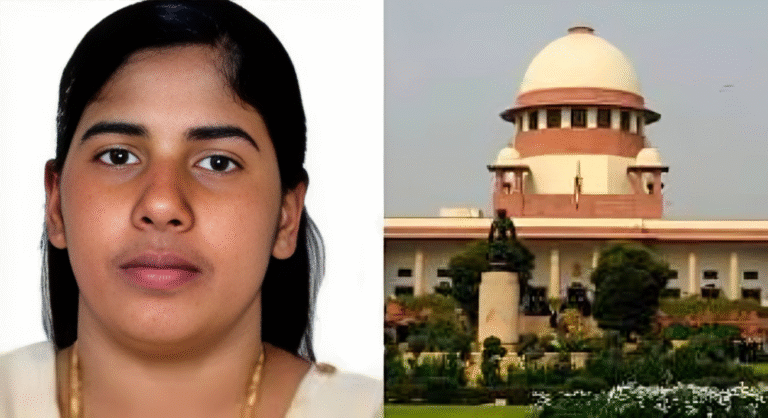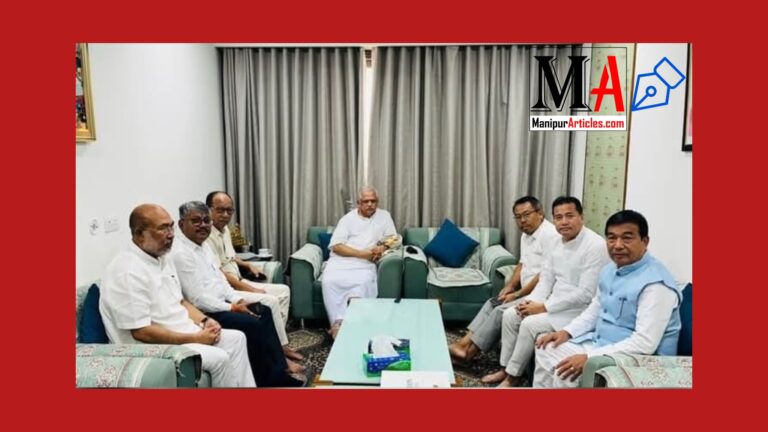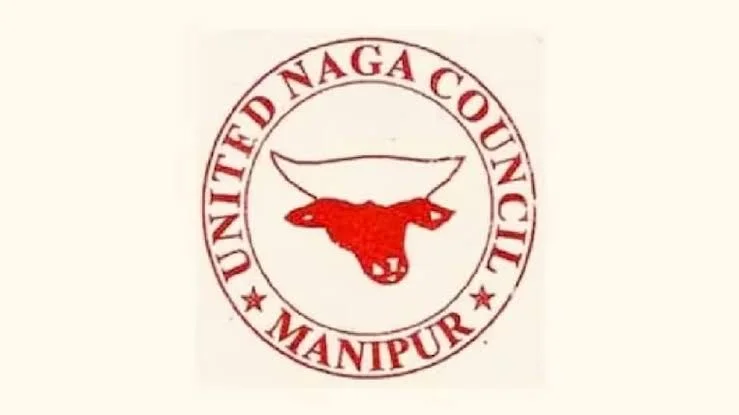“Over two days, Manipur’s digital traffic drive issued 102 e‑challans worth ₹2.2 lakh—part of a continuous push toward safer, transparent roads.”
Summary of the News Article
The Manipur Traffic Control Police Wing reported a sharp rise in traffic violations over a 48‑hour period ending June 26, 2025, issuing 102 e‑challans and collecting ₹2.20 lakh in fines. On Tuesday, 49 challans brought in ₹90,500, and Wednesday saw 53 challans worth ₹1,29,500. The spike follows earlier trends in January–February 2025 with 5,284 violations and ₹82.84 lakh collected. In 2024, 4,484 e‑challans generated ₹9.7 lakh under the Motor Vehicles Act, 2019. The state introduced the digital e‑challan system to improve transparency and road safety
Manipur Cracks Down on Traffic Violations: ₹2.20 Lakh Collected in Just Two Days
Introduction
Have you ever wondered how effective digital tools are in enforcing traffic laws? In Manipur, the answer came swiftly. Over just 48 hours, the state recorded a surge in traffic violations—102 offenders booked and a cool ₹2.2 lakh added to the exchequer. This isn’t about penalizing people randomly; it signals a systemic shift toward accountability and safer roads. Let’s unpack what happened, why it’s significant, and what it means for the people—and roads—of Manipur.
1. What Just Happened? The 48-Hour Enforcement Blitz
Over two days (Tuesday and Wednesday, June 24–25, 2025):
- 49 e‑challans on Tuesday collected ₹90,500.
- 53 e‑challans on Wednesday added ₹1,29,500 to state coffers.
That makes a total of 102 digital fines worth ₹2.2 lakh, a considerable haul in just two days .
2. Context: A Growing Trend in Traffic Enforcement
This isn’t a one-off event:
- In Jan–Feb 2025, Manipur logged 5,284 violations, netting ₹82.84 lakh.
- During 2024, authorities issued 4,484 e‑challans, collecting ₹9.7 lakh under the Motor Vehicles Act, 2019 .
Looks like February and June are shaping up as hotspots in 2025.
3. What Is an e‑Challan, Anyway?
Put simply, e‑challans are digital traffic tickets:
- Issued via handheld devices by police.
- Automatically linked to vehicle and violator databases.
- Track details like date, offence, location, and fine.
This cuts red tape, prevents lost records, and boosts transparency.
Numbers Tell a Story: Analyzing Trends
| Period | Violations | Fines Collected |
|---|---|---|
| Jan–Feb 2025 | 5,284 | ₹82.84 lakh |
| June 24–25, 2025 | 102 | ₹2.20 lakh |
| Full Year 2024 | 4,484 | ₹9.7 lakh |
Notice how 2025 is already ahead of 2024 in short bursts—signaling potential for a record year.
Why ₹2.20 Lakh Matters in 48 Hours
A Wake-Up Call
If ₹2.2 lakh can be collected in two days, there are seafuls of violations occurring daily.
Fund Repurpose
Fine money can be redirected toward:
- Road infrastructure
- Traffic safety initiatives
- Public awareness campaigns
Policy Signal
This surge likely reflects strategic intent to prioritize road safety using digital enforcement.
Conclusion
Manipur’s ₹2.20 lakh haul in just two days isn’t about locking wallets—it’s about unlocking safer roads and better habits. Digital enforcement is certainly a big step forward. But to turn fines into long-term impact, there needs to be a balance—educate, enforce, and improve. As long as Manipur keeps its foot steady on the accelerator of awareness, not just penalties, the future will be less about tickets and more about timely, safe drives.
FAQs
1. What exactly is an e‑challan?
An e‑challan is a digitally issued traffic ticket recorded via handheld devices, linked to a vehicle’s registration in a central system.
2. Can I contest an e‑challan?
Yes—either online through the designated portal or offline at the local Traffic Police office. Procedures are usually outlined with the challan.
3. Which violations carry the highest fines?
The Motor Vehicles Act, 2019 sets high penalties for offences like using a mobile phone while driving—up to ₹5,000 per offence
4. What’s Manipur doing with the fine revenue?
While not explicitly stated, such funds typically support road infrastructure, safety campaigns, and enforcement tools.
5. Will enforcement continue like this?
Given the strong initial results, authorities are likely to maintain regular digital enforcement drives, targeting hotspots and common violations—balancing safety with public education.






